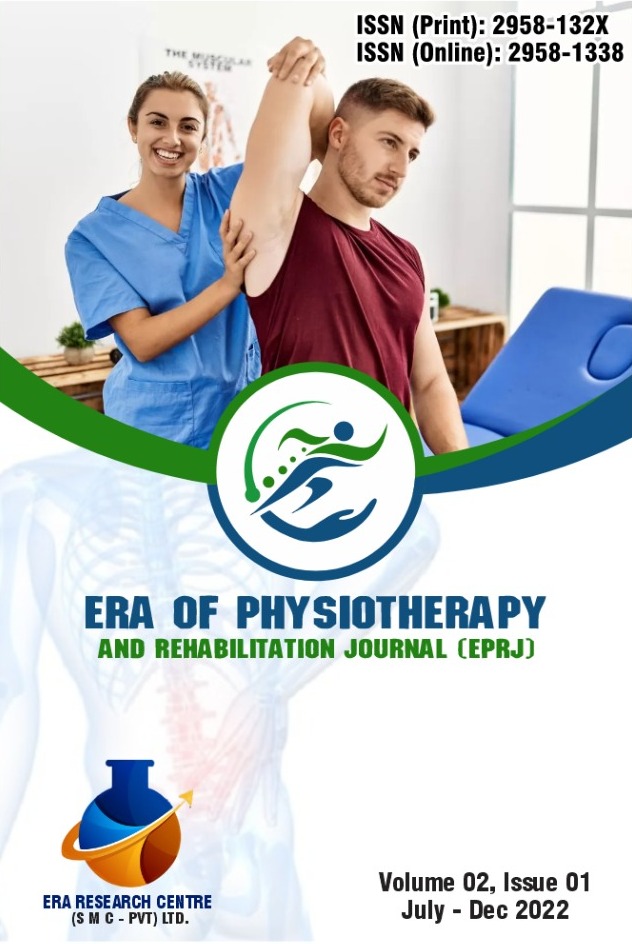Effects Of Strength Training On 3 Strokes Time, Stroke Rate, and MMT In Swimmers
Effects Of Strength Training
Keywords:
Strengthening, , thera-band, 3 Strokes time, Stroke Rate, SwimmersAbstract
Aim: The study aims to determine the effectiveness of strength training on 3-stroke time, stroke rate, and MMT in swimmers.
Methodology: A randomized controlled trial study was done among national-level swimmers, with data collected from Punjab International Swimming Complex, Lahore. Informative meetings were held before training, and pre-tests were applied to both groups. Twenty competitive swimmers participated. Individuals performed exercises for 6 weeks, 3day/w and post-tests were applied to both groups to evaluate outcome measures at the end of training. Control group: only participate in their yearly swimming training. Experimental group: strengthening training with regular practice. Strengthening exercises of the upper limb and lower limb were performed with thera-band. Tools were utilized, and the stroke rate was recorded with a DSLR camera. The latissimus dorsi, Serratus anterior, Upper trapezius, Flexors of the hip, Extensors of the hip, and Plantar flexors muscles were tested in manual muscle testing. SPSS version 24.0 was used for data entry and analysis.
Results: There were 9 participants allocated in each group, control and experimental; experimental groups showed more improvement in stroke rate time, stroke rate, and upper and lower limb strength measured by manual muscle testing with P-value (< 0.05). In between-group analyses, independent sample t-tests were applied post-intervention. All muscles of U.L and L.L showed significant differences. A paired sample t-test was used for within-group analyses, which showed all muscles showed significant improvement except serratus anterior, hip extensors, and ankle plantar flexors, which showed no significant differences (p> 0.05).
Conclusion: The study's findings underscore the significant impact of muscle strengthening exercises on the stroke rate time, stroke rate, and upper and lower limb muscle strength of swimmers, as measured by manual muscle testing. This knowledge is crucial for enhancing training methods and improving performance, particularly in the context of competitive swimming.



